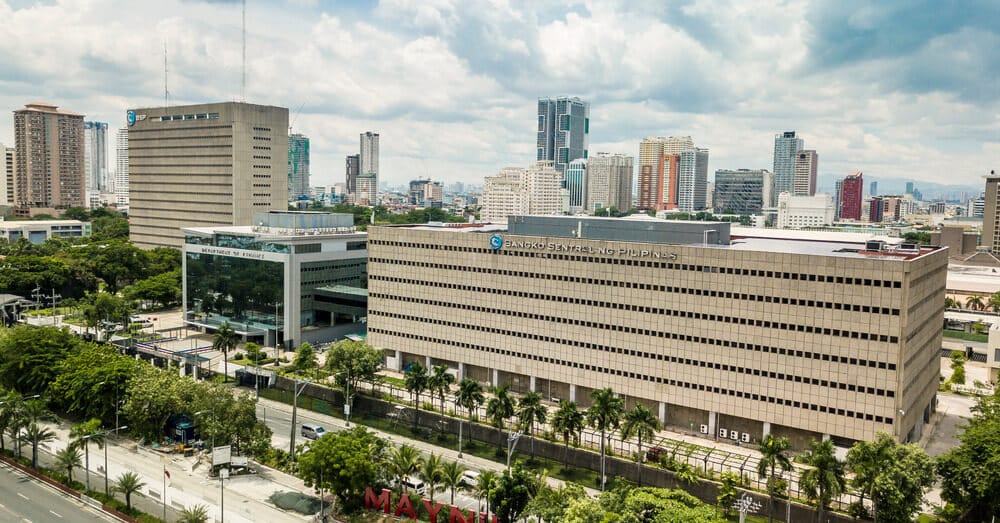Central Bank of the Philippines greenlights pilot peso-backed stablecoin

BSP has approved a peso-backed stablecoin pilot for PHC in partnership with Coins.ph. Sandbox testing to evaluate PHPC's real-world performance and impact on the local fiat ecosystem. Transition to real-world use subject to final reviews and approvals by the Central Bank.
The Philippine peso-backed stablecoin (PHPC) is set to revolutionize the digital currency landscape in the Philippines.
BHP's move represents a step forward in exploring the potential of blockchain technology and stablecoins in the country's financial ecosystem.
Sand test to evaluate the viability of PHPC
The pilot program, which will be conducted under the BSP's Regulatory Sandbox framework, will see a collaboration between the central bank and crypto wallet provider Coins.ph.
#ICYMI: #CoinsPH licensed for pilot PHPC, Philippine peso stablecoin 🇵🇭 @bangkosentral (BSP)
Learn more about this milestone and the pilot here: pic.twitter.com/a2jWB8mSeJ
—Coins.ph (@coinsph) May 9, 2024
The primary objective of the pilot program is to evaluate PHPC's real-world performance and impact on the local Fiat ecosystem.
Under the terms of the pilot, Coins.ph will maintain a cash reserve in pesos equal to the PHPC supply in the sandbox, resulting in a stable 1:1 exchange rate of the digital currency to the Philippine peso.
BSP's selection of Coins.ph is strategic. As a licensed crypto service provider in the Philippines, Coins.ph dominates the Philippine crypto space, especially after working with Circle in 2023 for USDC remittances in the Philippines. It was the first to add BRC-20 support in the Philippines.
The sandbox test phase is designed to explore various use cases for PHPC, including domestic and cross-border payments, trading with other virtual assets, preventing market volatility, and providing security and liquidity in decentralized finance (DeFi) applications.
These experiments provide important insights into the functionality and effectiveness of the PHPC in facilitating financial transactions and promoting financial inclusion in the Philippines.
Moving from the sandbox to real world use
While the pilot program marks an important milestone in the development of PHPC, the transition from the sandbox environment to real-world use depends on the testing phase and final evaluation by the central bank.
According to local regulations, depending on the complexity of the project, the duration of the test period can be from three to 12 months. However, no official deadline has been announced for the conclusion of the stablecoin experiment.
The current initiative builds on previous efforts to launch a peso-backed stablecoin, such as PHX launched by Unionbank in 2019 to introduce stablecoins pegged to the Philippine peso. Aimed at creating greater financial inclusion, UnionBank's PHX is redeemable and functional for pesos. On the bank's i2i platform.
The creation of PHPC and other stablecoin projects reflects the growing recognition of digital currencies as viable tools to improve financial services and expand access to digital payments in the Philippines.














